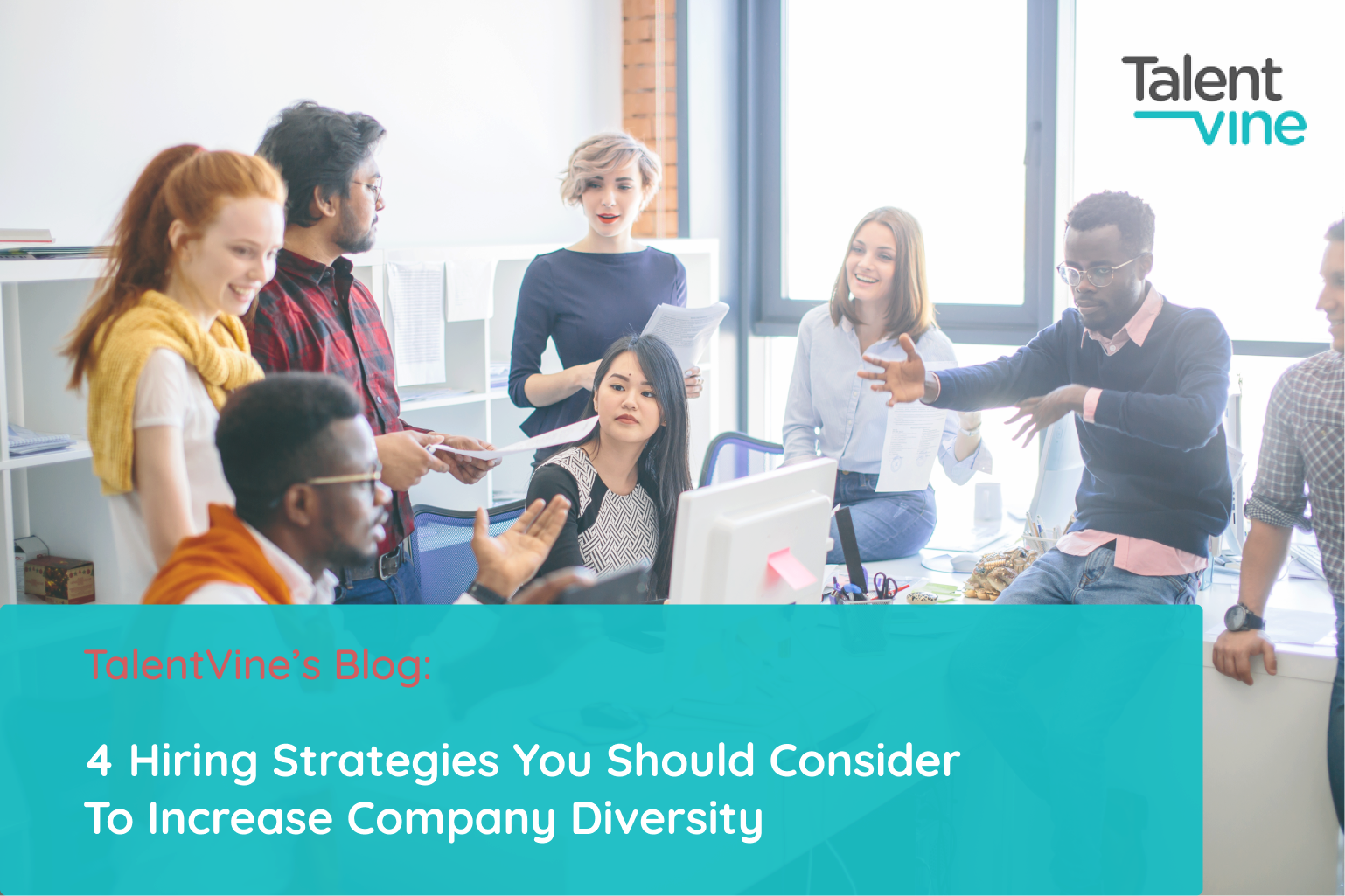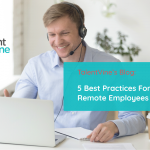All companies and business leaders aspire to build a qualified team that does not depend on background, gender, race, religion, or sexual orientation. By embodying diversity, you are advocating equality in the workplace. This is not just a simple ideology, but a diversified workplace has genuine benefits to the company as a whole in terms of productivity.
Hiring for diversity
If recruitment efforts are not focused on diversity, companies will miss out on finding the best talents. A team of diverse individuals offer more perspectives and cover more ground faster than ever. They also mean that the team can cover all sensitive bases even before a product launch in order to avoid messy situations.
Diversity recruiting means that the hiring process is free from biases against any group or individual. The process is merit-based to find the candidate that best fits the vacant position, regardless of his or her background, gender, race, religion, or sexual orientation. Simultaneously, the process is always structured to give all qualified applicants a shot at being hired.
Why the push for diversity in the workplace?
Business banks on numbers, and the numbers do not lie. Those companies with a diversified workforce have 19% higher revenues than those that do not. At the same time, these companies are deemed to be 1.7 times more likely to be innovators. More than 85% of CEOs reported that having a diverse workforce improved not just profits but also their company as a whole.
These facts prove that diversity in the workplace is not just a soothing balm to be politically correct and accepted in society’s general consensus. This is why having a recruitment team that is fine-tuned to diversity is a necessity if a company wants to affect its bottom line positively.
Here are the four hiring strategies that will lead to a diversified and balanced workforce:
1. Start from the inside
In this regard, you do not need to stretch your neck out and look very far, as you can start with your existing employees. It is more than likely, your employees will have connections to people with similar backgrounds and, more importantly, skill sets. For example, your data analyst may already be a member of a group or organisation of data analysts, and you simply have to ask them for a referral to get the same level of skills.
This is also a great way to foster employee engagement, making them see that you value their opinions and inputs. Aside from the benefit of broadening your network, having employees with boosted morale is always a bonus. Having an employee referral program will show that your company values diversity and listens to its employees.
Aside from getting referrals, take a step back, and look at your workplace’s culture if they are inclusive or not. Ensure that your company does not overlook the little things that matter to promote a feeling of belonging.
2. Follow through with a diverse recruitment team
Take a look at your hiring and recruitment team if they are diverse enough. It doesn’t make sense if your hiring team is not well represented and it will result in some difficulties when conducting interviews. The candidates will feel more comfortable and therefore put their best foot forward, letting you see what they can do, if they see that your workplace does not discriminate against applicants.
If you are the recruiter, post your job adverts not just on major job boards, but also on less traditional job boards. This will ensure that you cover all the bases and attract more diversity. As a general rule, never have an all-male or an all-white interview panel as this will most certainly give out the wrong impressions.
3. You can go in blind
An approach that is gaining ground in HR strategies is to get blind resumes, where information that unconsciously generates bias is blacked out. This applies to names, schools, locations, gender, and even date of birth. This strategy is also used in interviews, where candidates are sent messages without disclosing certain specifics on who is behind the answers.
Another great way to avoid bias is to assess the candidate’s skills and abilities first, even before looking at their resumes. This way, the CV does not weigh in too heavily on the selection process. This will also give the candidates a chance to prove themselves, especially if they have a unique background.
Hot Tip: When you next receive candidate’s through TalentVine, request the unbiased hiring feature and your chosen recruiters will provide candidates as Blind CVs until you are ready for the full details.
4. Quantify your results
If the efforts are not quantifiable, it is almost as if it never happened in the first place. Therefore, it is of the utmost importance to track down the changes and the results of your efforts. Set up reports either quarterly or annually to track promotions, salary increases, and the like. This will act as your markers on how far you have gone to ensure everyone has equal opportunity in your company.
We include this because your employee retention strategy is equally important in getting employees into your company. It does not stop with just hiring people from different backgrounds, but you have to also ensure that they are in an environment where they can thrive and maximise their potential.
To conclude
There is never a general or a one-size-fits-all formula for hiring diverse teams or talents, as every organisation will require a different approach. Following just a couple of the tips above will go a long way into paving your success with workplace diversity.
Angeline Licerio is a content writer for Elevate Corporate Training. Angeline believes that she can help create better bottom lines, happier and healthier staff and build communities where people engage with each other in high functioning relationships.








